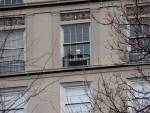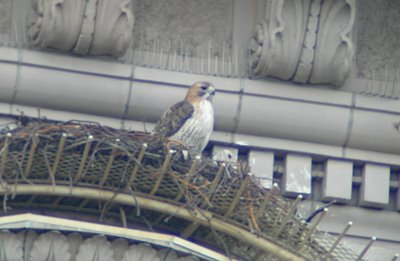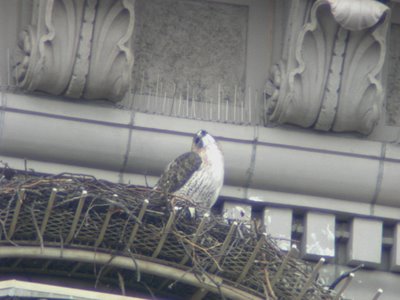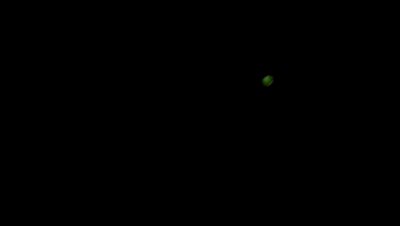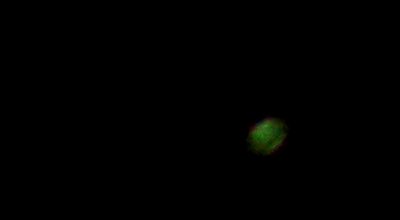
Pale Male on the 927 nest
Pale Male and Lola on Linda 2 in one of their typical pair positions, one facing in and one facing out.
Now there has been some talk that Lola just wants to watch her Soaps through the window, but I've always thought that perhaps it was a mechanism for keeping an eye out for each other's backs while perched so closely together. There is the constant observation of territory that is a matter of course and people do live in the apartments behind those windows.
Sometimes Pale Male or Lola are there alone facing the window and truly do look like they are watching what is going on inside. Which may be the case. When in non-breeding season and the light is at the correct angle they might well be watching not only what is happening inside the apartment but also by a shift in head position looking at the reflection of what is behind them as well.
During breeding season when the testosterone is running high, Pale Male has been known to "bump" a Linda window at which point sometimes a resident comes gently and slowly to the window and softly pulls a shade or curtain. I don't know if the bump is a response to his reflection or a protective move because there is someone close by on the other side of the glass.
Pale Male Jr. has been known to downright menace on the wing what looks to be his reflection in the glass towers in Columbus Circle.
Next, a November 13th sighting from hawk watcher Katherine Herzog-
It was drizzling lightly as I sat on the Hawk Bench, the park almost empty of people at dusk and Lola flew to PM's perch on #4 Linda....they seemed to be communicating vocally as PM faced toward 5th Ave and Lola faced the window....they touched beaks (a goodnight kiss?)
Lola left first & PM followed a minute later toward the Turtle Pond....very sweet but nothing they haven't done before. Just a reminder of what a loving couple they still are. Ric says both PM and L have been visiting the nest almost on a daily basis....single sometimes, other times together. Making sure no one messes with their turf.
Katherine
